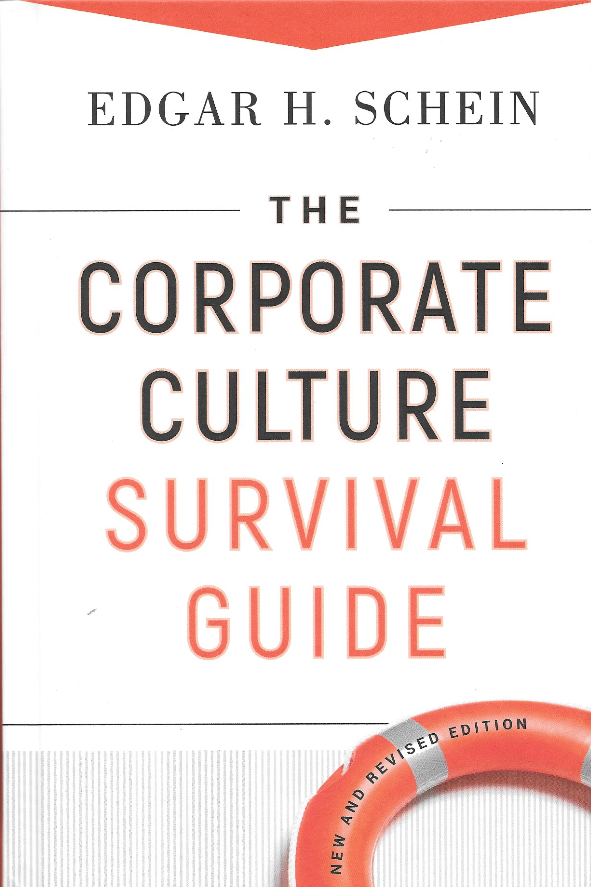The one sentence summary
Culture is deep, broad and stable – if you treat it as a superficial phenomenon, you are sure to fail.
WHAT THE BOOK SAYS

- This is an updated version of the classic on the topic. The author is an expert on understanding the true nature of culture before diving into change programmes., acquisitions, joint ventures and mergers.
- Culture is a pattern of shared tacit assumptions learned by a group as it solved problems of external adaptation and internal integration, that has worked well enough to be considered valid and, therefore, to be taught to new members as the correct way to perceive, think and feel in relation to those problems. It is the product of social learning.
- The important parts of culture are essentially invisible. Members of an organization cannot readily tell you what their culture is, in the same way that fish cannot see water.
- Culture is deep: if you treat it as a superficial phenomenon, you are sure to fail. Culture is broad: deciphering it can be an endless task – it’s everywhere. Culture is stable: it provides meaning and makes life predictable, so people don’t want to change. Culture is about:
- External survival issues: mission, strategy, goals, means, structure, systems, process, measurement: error detection and correction systems
- Internal integration issues: common language and concepts, group boundaries and identity, authority and relationships, allocation of awards and status
- Deeper underlying assumptions: human relationships, the nature of reality and truth, the unknowable and uncontrollable.
- There are 3 levels of culture:
1. Artifacts: visible organizational structures and processes (hard to decipher)
2. Espoused values: strategies, goals, philosophies (justifications)
3. Underlying shared assumptions: unconscious, taken for granted beliefs, perceptions, thoughts, feelings (ultimate source of values and actions)
- Culture surveys don’t work because: you don’t know what to ask; you risk measuring only the superficial; respondents misunderstand some questions; it’s hard to understand the patterns of subcultures; inferring shared assumptions doesn’t allow for individual opinion; they raise questions to which leaders may be unable or unwilling to respond.
WHAT’S GOOD ABOUT IT
- Leadership and culture are intertwined. Leaders have 4 choices when it comes to culture: destroy it, fight the existing one, give in to it, or evolve it.
- In mergers, many fail to notice subcultures. These happen below the level of CEO and have the power to resist change. 4 patterns tend to evolve:
1. Separation: the cultures in the new entity remain separate.
2. Domination: one culture dominates the other.
3. Blending: harder, but a new superimposed set of values can work.
4. Conflict resistance and counter-culture: sometimes sub groups force change by digging in against the new way.
- Leaders impose their values and assumptions through what they pay attention to, how they react to critical situations, allocate resources, deliberate role modelling, observed criteria for rewards and status.
- If you want to change a culture, there are 3 stages:
- Unfreezing: disconfirming information such as economic, political or technological threat to create the motivation to change; creation of survival anxiety or guilt, along with the psychological safety to overcome or reduce learning anxiety (unlearning). Learning anxiety/resistance to change includes fear of: loss of power or position, temporary incompetence, punishment for incompetence, loss of personal identity or group membership.
- Learning new concepts: finding new role models, scanning for solutions and trial-and-error learning
- Refreezing: internalizing new concepts and incorporating them into self-identity and relationships.
WHAT YOU HAVE TO WATCH
- This is a timeless guide that has stood the test of time, but some may find the examples out of date, since in most cases the companies have ceased to exist.
